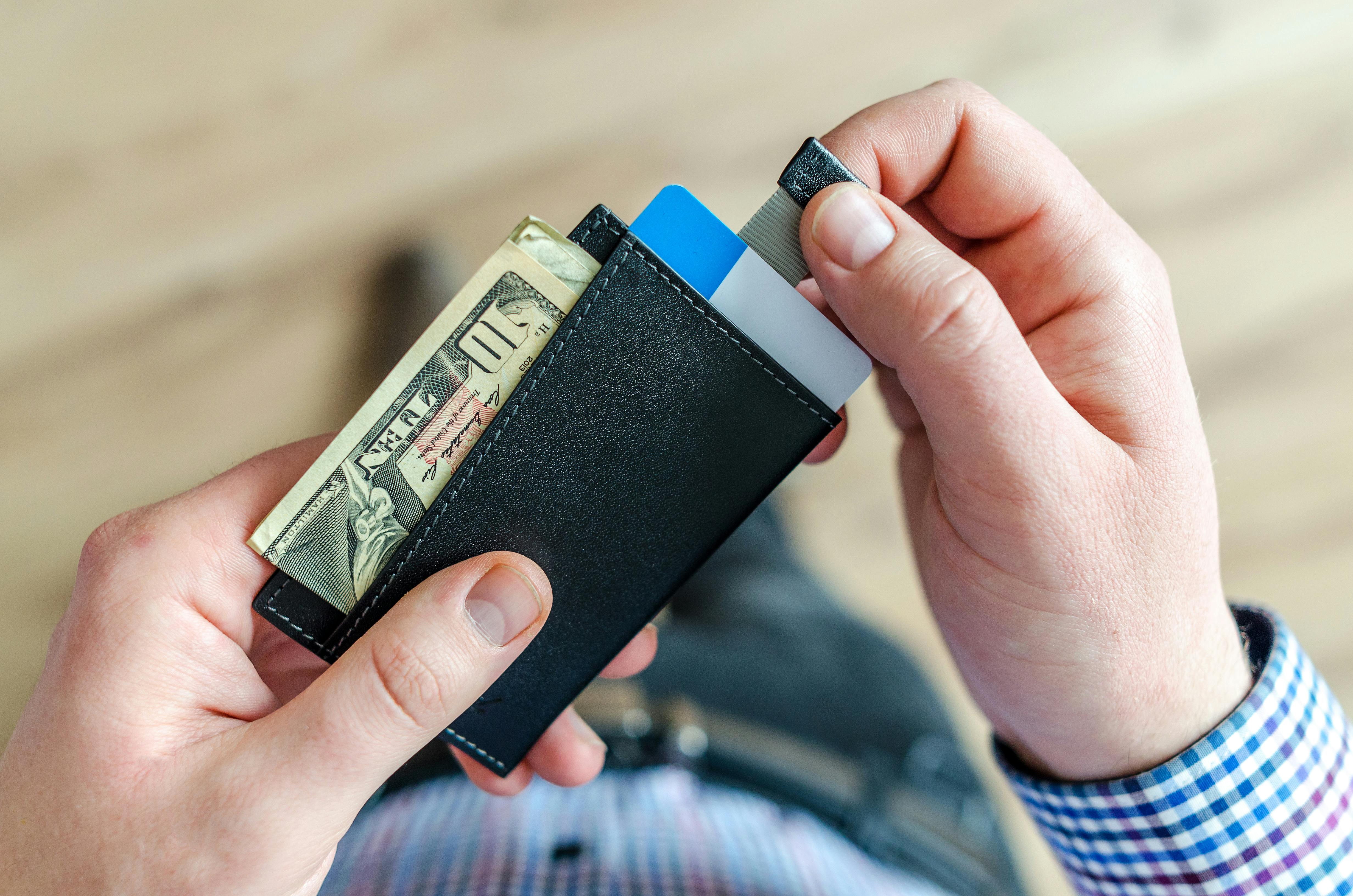Emergency funds and How to Build It Fast and why you need it

An emergency fund is your financial safety net—and without one, even small surprises can wreck your budget. The goal is to save at least 3–6 months of expenses, but starting with even $500 is a huge win. You don’t need a big income to begin—set aside a small amount weekly, even if it’s just $10 or $20. Treat it like a non-negotiable bill and keep it in a separate, hard-to-access savings account. Automate deposits so you’re not relying on memory or willpower. Sell unused stuff or do a weekend side gig to kickstart it. Having that cushion means less stress, more confidence, and fewer financial setbacks.
Understand Why It’s Critical
Emergencies happen—job loss, car repairs, health bills—and they don’t wait for a convenient time. Having even a small cushion can prevent debt or crisis spirals. Think of your emergency fund as peace-of-mind money. It protects your future plans from getting derailed. No one regrets having too much saved. It’s not a luxury—it’s a necessity.
Set a Starter Goal
You don’t need $10,000 overnight. Aim first for $500, then one month of expenses. These milestones are reachable and motivating. Break them down—saving $125 a week for a month hits that first goal. Smaller wins build confidence. As you progress, increase the target to 3–6 months of living costs. Start small, build fast.
Open a Separate Savings Account
Keep your emergency fund out of sight and out of temptation. Open a separate high-yield savings account (HYSA) just for this purpose. Avoid linking it to your debit card. This keeps the money safe from everyday spending. Look for an account with no fees and easy online access. Simplicity and security are the priorities.
Automate Contributions
Make building your fund effortless by automating transfers. Even $10 per week adds up. Set it to draft right after payday. That way, you save before you spend. Over time, increase the amount as your income or budget allows. Automation removes the need for willpower. Set it once and let it grow.
Boost Your Fund With Extra Cash
Any time you get a bonus, tax refund, or side hustle money, send part of it to your emergency fund. Found money is perfect for this purpose. You won’t miss it, and it accelerates your progress. Even selling unused stuff counts. The faster you build it, the sooner you gain peace of mind. Don’t wait—capitalize on momentum.
Define What Counts as an Emergency
Be clear about when to dip into your fund. True emergencies include medical issues, urgent repairs, or essential travel—not concert tickets or holiday sales. Having clear rules protects your savings. If in doubt, give yourself 24 hours to decide. Being disciplined ensures the fund is there when it really matters. Respect the purpose, and it will serve you well.

An emergency fund is your financial safety net—and without one, even small surprises can wreck your budget. The goal is to save at least 3–6 months of expenses, but starting with even $500 is a huge win. You don’t need a big income to begin—set aside a small amount weekly, even if it’s just $10 or $20. Treat it like a non-negotiable bill and keep it in a separate, hard-to-access savings account. Automate deposits so you’re not relying on memory or willpower. Sell unused stuff or do a weekend side gig to kickstart it. Having that cushion means less stress, more confidence, and fewer financial setbacks.
Understand Why It’s Critical
Emergencies happen—job loss, car repairs, health bills—and they don’t wait for a convenient time. Having even a small cushion can prevent debt or crisis spirals. Think of your emergency fund as peace-of-mind money. It protects your future plans from getting derailed. No one regrets having too much saved. It’s not a luxury—it’s a necessity.
Set a Starter Goal
You don’t need $10,000 overnight. Aim first for $500, then one month of expenses. These milestones are reachable and motivating. Break them down—saving $125 a week for a month hits that first goal. Smaller wins build confidence. As you progress, increase the target to 3–6 months of living costs. Start small, build fast.
Open a Separate Savings Account
Keep your emergency fund out of sight and out of temptation. Open a separate high-yield savings account (HYSA) just for this purpose. Avoid linking it to your debit card. This keeps the money safe from everyday spending. Look for an account with no fees and easy online access. Simplicity and security are the priorities.
Automate Contributions
Make building your fund effortless by automating transfers. Even $10 per week adds up. Set it to draft right after payday. That way, you save before you spend. Over time, increase the amount as your income or budget allows. Automation removes the need for willpower. Set it once and let it grow.
Boost Your Fund With Extra Cash
Any time you get a bonus, tax refund, or side hustle money, send part of it to your emergency fund. Found money is perfect for this purpose. You won’t miss it, and it accelerates your progress. Even selling unused stuff counts. The faster you build it, the sooner you gain peace of mind. Don’t wait—capitalize on momentum.
Define What Counts as an Emergency
Be clear about when to dip into your fund. True emergencies include medical issues, urgent repairs, or essential travel—not concert tickets or holiday sales. Having clear rules protects your savings. If in doubt, give yourself 24 hours to decide. Being disciplined ensures the fund is there when it really matters. Respect the purpose, and it will serve you well.














